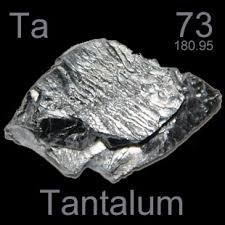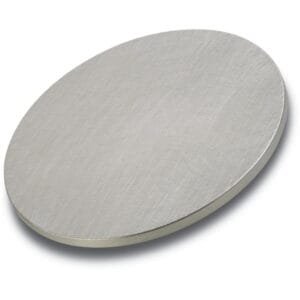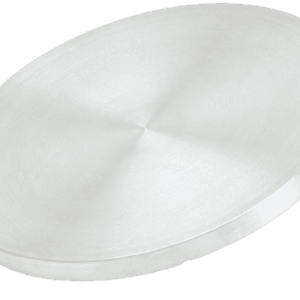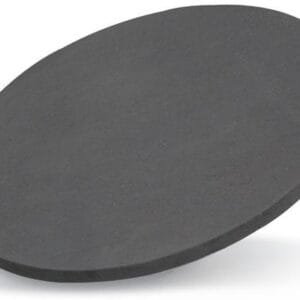Tantalum Sulfide Sputtering Target Description

Related Product: Tantalum Sputtering Target
 Sulfur, also called **sulphur**, is a chemical element with the symbol “S” and atomic number 16. Its name is derived from either the Sanskrit word ‘sulvere’ or the Latin ‘sulfurium,’ both referring to sulfur. This element has been known and used since before 2000 BC, with early applications by Chinese and Indian civilizations. Sulfur is located in Period 3 and Group 16 of the p-block in the periodic table. The relative atomic mass of sulfur is 32.065(5) Dalton, with the number in brackets indicating the measurement uncertainty. Sulfur is a non-metal known for its distinct yellow color and is used in various industrial processes, including the production of sulfuric acid, fertilizers, and in vulcanization of rubber.
Sulfur, also called **sulphur**, is a chemical element with the symbol “S” and atomic number 16. Its name is derived from either the Sanskrit word ‘sulvere’ or the Latin ‘sulfurium,’ both referring to sulfur. This element has been known and used since before 2000 BC, with early applications by Chinese and Indian civilizations. Sulfur is located in Period 3 and Group 16 of the p-block in the periodic table. The relative atomic mass of sulfur is 32.065(5) Dalton, with the number in brackets indicating the measurement uncertainty. Sulfur is a non-metal known for its distinct yellow color and is used in various industrial processes, including the production of sulfuric acid, fertilizers, and in vulcanization of rubber.
Tantalum Sulfide Sputtering Target Specification
| Compound Formula | TaS |
| Appearance | Gray to black target |
| Melting Point | 3,000° C |
| Density | 6.86 g/cm3 |
| Available Sizes | Dia.: 1.0″, 2.0″, 3.0″, 4.0″, 5.0″, 6.0″ Thick: 0.125″, 0.250″ |
Tantalum Sulfide Sputtering Target Application
The tantalum sulfide sputtering target is utilized in various applications, including:
- Thin Film Deposition: Essential in creating thin layers for different technologies.
- Decorative Coatings: Used in applications where aesthetic appeal is important.
- Semiconductor Industry: Helps in manufacturing semiconductor devices.
- Display Technology: Used in the production of display screens.
- LED and Photovoltaic Devices: Plays a role in the development of energy-efficient and solar devices.
- Functional Coatings: Applied in various industrial processes to enhance material properties.
- Optical Information Storage: Used in the optical storage industry.
- Glass Coating Industry: Essential in coating car glass and architectural glass.
- Optical Communication: Utilized in communication technologies requiring high precision and efficiency.
Tantalum sulfide sputtering targets are valued for their ability to produce high-quality coatings and films with specific properties tailored to these diverse applications.
Tantalum Sulfide Sputtering Target Packing
Our tantalum sulfide sputter targets are meticulously tagged and labeled externally to ensure efficient identification and quality control. We take great care in handling these targets to prevent any damage that might occur during storage or transportation, maintaining their integrity and performance for end-use applications.
Get Contact
TFM offers tantalum sulfide Sputtering Targets in various forms, purities, sizes, and prices. We specialize in high-purity thin film deposition materials with optimal density and minimal grain sizes, which are ideal for semiconductor, CVD, and PVD applications in display and optics. Contact Us for current pricing on sputtering targets and other deposition materials that are not listed.





Reviews
There are no reviews yet.